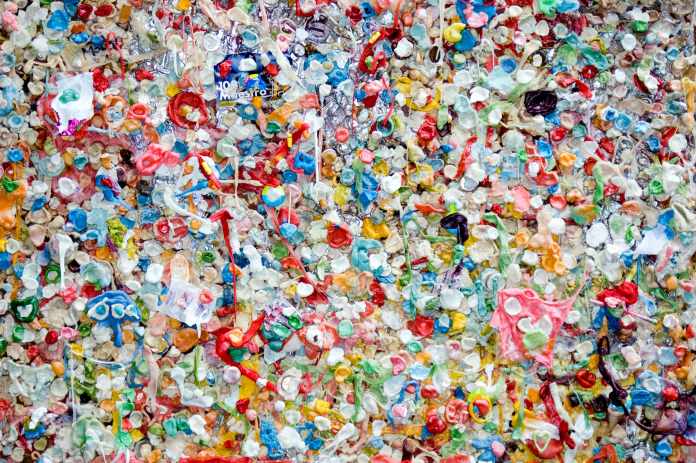Now more than ever, many consumers are more aware of their waste and are making small changes to become more environmentally friendly. With everyone doing their part, on big and small scales, single-use plastic can be minimized to reduce the pressure on our landfill sites and harm to wildlife. Many businesses have been adjusting their approaches to become more eco-friendly, reducing single-use waste and reusing materials where possible. These changes are well received by consumers, showing their ethical side as a business and helping consumers minimize their footprint. We’ve summarised some of the key ways that packaging is changing to reduce plastic waste for the better, taking us in the right direction:
- Switching from carrier bags
Over more recent years, the impact of single-use plastic carrier bags has become very apparent. The introduction of the carrier bag tax was a great step in the right direction, encouraging shoppers to bring their own bags to pack their groceries in. Many businesses have also made the switch to custom paper bags, completely eradicating plastic bags for a more eco-friendly alternative that can be recycled after use. As well as being better for the environment, shoppers love the appearance of paper bags and their flat front is great for printing on too. Take a look at plastic retail packaging.
2. Considering our wildlife
Although most consumers take a responsible approach, sadly various packaging is still left on the ground amongst our local wildlife. Some big name brands have innovatively created new packaging approaches which are less harmful to animals and our environment, breaking down when exposed to the sunlight or reducing the risk of suffocation to animals. For example, traditional plastic rings which were used to hold packs of beer have started to switch to glue dots and fresh produce is coated in edible protective wax which substitutes the need for plastic packaging.
3. Offering refill packs
To reduce the need for as much plastic packaging, brands have begun to offer refills. A common example is toiletries such as hand soap and consumer goods such as laundry detergent; available in larger pouches which can be poured into existing bottles instead of having to buy new ones. This innovation is an appealing prospect to consumers as they can save money and stay stocked up on their household essentials, refilling their current containers to reduce their waste. Some stores also offer refill stations, allowing customers to bring their own containers and bottles which can be filled up and charged off weight.
4. Reusing packing materials
When it comes to sending out online orders, keeping the products protected is necessary, especially for more delicate items. Traditional bubble wrap and packing peanuts are becoming unfavourable due to their single use materials which are not recyclable. Instead, businesses are finding more eco-friendly ways to protect orders such as padding out boxes with any old cardboard which can be cut down using an industrial shredder. Eco-friendly packaging peanuts have also been developed, offering the same protective characteristics and appearance as traditional ones but disintegrating when in contact with water.
















